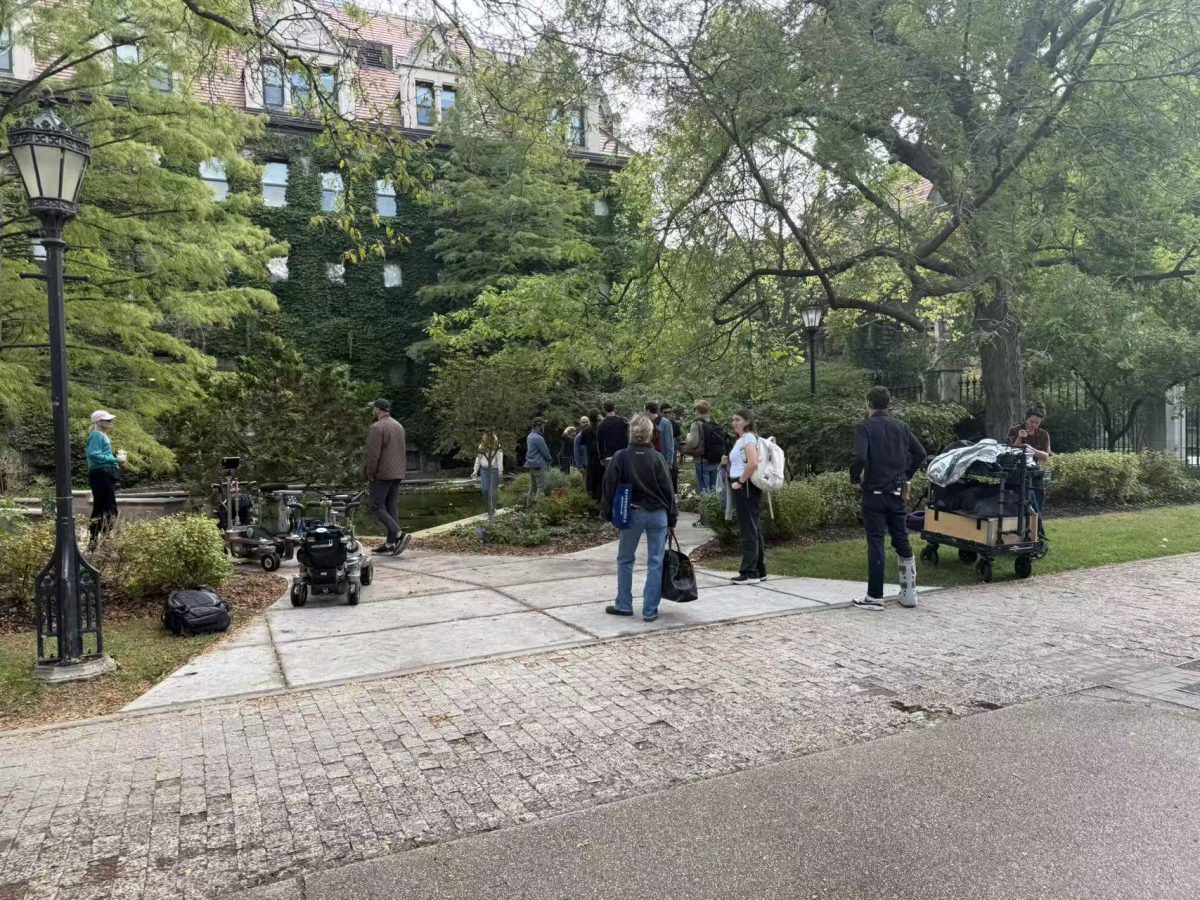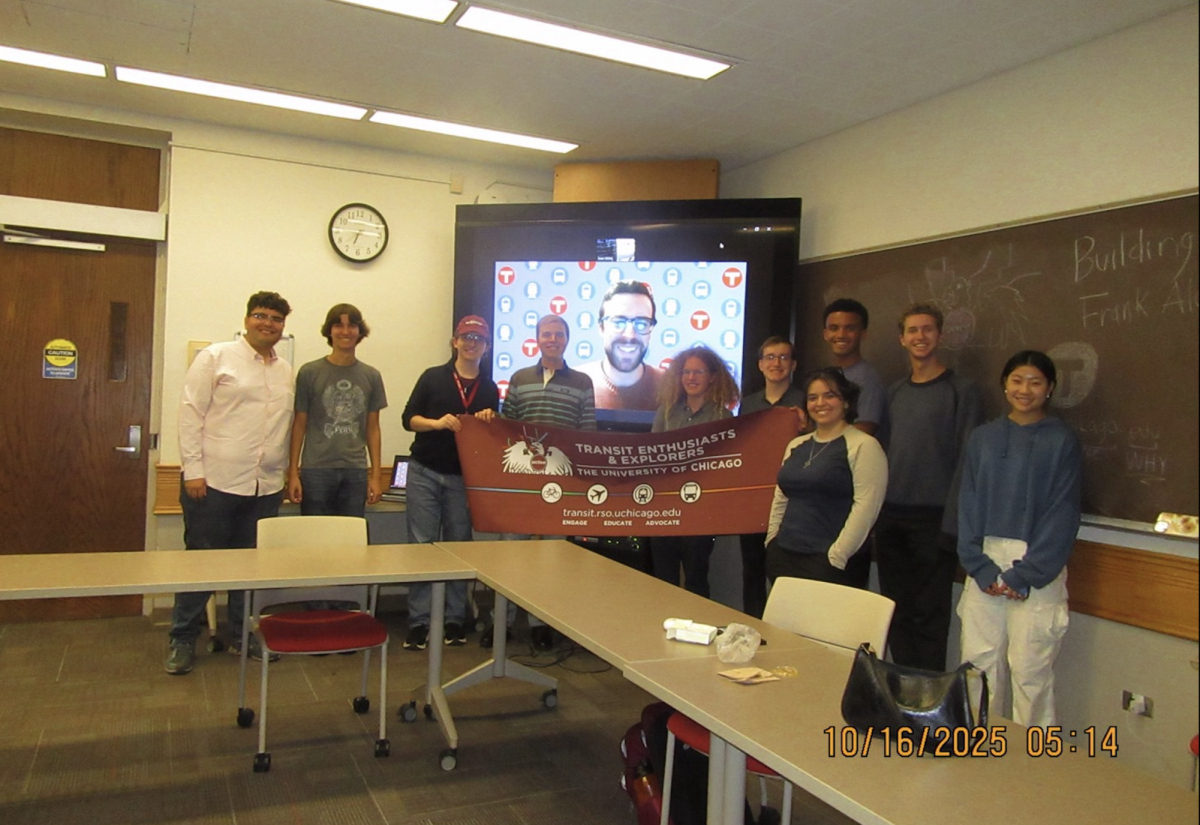With a vision of 1920s and ’30s Baghdad as bustling with culturally productive and engaged Jews, Professor Orit Bashkin argued against the commonly-held belief that Iraqi Jews were always a segregated and oppressed minority.
Her talk, “The Jew in Babylon,” traced the rich history of the people, alluding to a golden era in which there was peaceful coexistence between Arab Iraqis and the substantial Jewish population in Baghdad.
Although the 1941 farhud, a violent pogrom directed against Baghdad Jews, is often seen as the beginning to the end of Jewish life in Baghdad, Bashkin contended that it was a time of strong ties between Arab and Jewish communities of the city.
Throughout the ’20s and ’30s, there were about 120,000 Jews living in Iraq, most of them centered in Baghdad and other urban areas. Jewish communities, Bashkin argued, were an integral part of Iraqi society, citing examples of Jewish intellectuals and artists in the city, such as Iraq’s first Minister of Finance, Sassoon Eskell, and the musician Salim Pasha.
But tensions escalated in Iraq when people conflated Jews and Zionists, who argued for a Jewish repatriation of Israel, Bashkin said. At the same time, German propaganda began to invade Iraq, with Mein Kampf appearing in Iraqi newspapers.
Even so, Bashkin said that only some Iraqi nationalists wanted an alliance with Germany, and that they were not necessarily motivated by anti-Semitism. The thinking was: “The enemy of my enemy… is my friend,” she said. In conflict with England and France, Iraq befriended Germany.
After the collapse of the Iraqi government during the June 1941 coup d’etat, riots broke out in Baghdad while the city was in a state of instability. Riots and violence engulfed the city, much of it directed at Jews. Bashkin pointed out that much of this violence, however, was due to social conditions in the city, and that the city’s many homeless urban poor were responsible for much of the looting.
Some Arab communities, families, and individuals protected Jews or hid them in their homes, Bashkin said. In many cases, Arabs intervened with the rioters on behalf of the Jews; while poor Jewish communities were the most affected, those communities with both Jewish and Arab families suffered much less damage.
“The image of defenseless Jews is inaccurate,” Bashkin said, “But mostly, it was friendship, people remembering neighborly relationships.”
Bashkin ended her lecture by showing a series of YouTube videos of Jewish Iraqi musicians that had comments by current Iraqis, whom she identified as mostly Arab. Most of them expressed nostalgia for the time when Jews were an important presence in Iraq.








